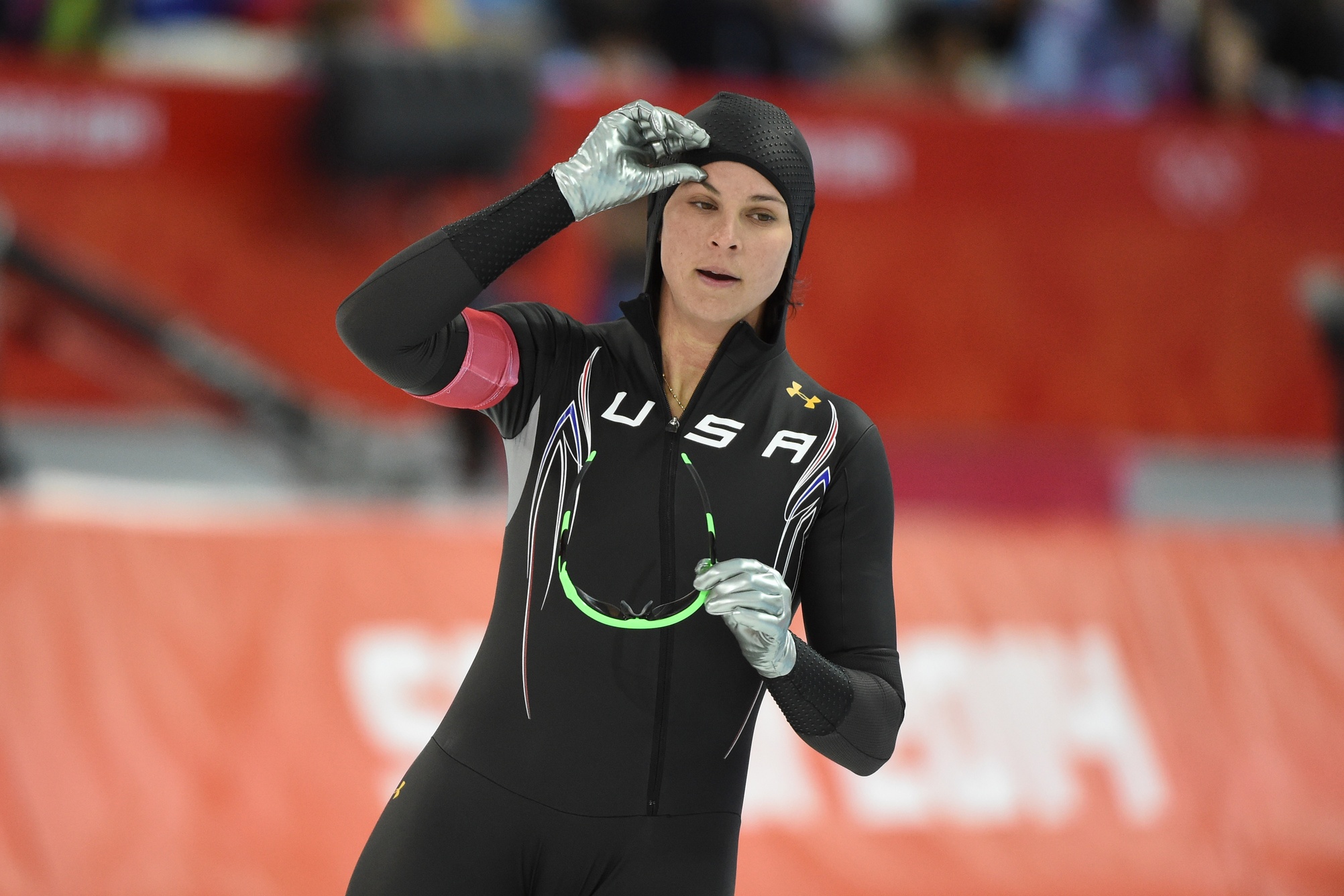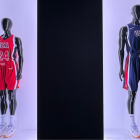
Those results make little sense in context of the Americans' performance in recent World Cup events, where Davis has been a force, and Richardson and Brittany Bowe have combined to put a U.S. woman on every podium of the season. Why was what worked so well for the U.S. in December and January suddenly not working in Sochi?
The team apparently believes part of the problem -- or the problem -- may be the the team's new Under Armour racing suits. The Wall Street Journal confirmed with USA Speedskating executive director Ted Morris that the team asked Olympics officials Friday for permission to switch back to their previous Under Armour suits, which had been worn since the beginning of the current season.
Morris indicated the team was split "50-50" between athletes who wanted to make the switch and those who wanted to remain in the new suits. He did not specify which skaters might make a change.
After a day off Friday, competition resumes Saturday with the men's 1500 meters. A ruling from the IOC and the International Skating union may or may not come in time for the U.S. athletes -- including Davis -- to switch if desired.
The new Under Armour suits were billed by the apparel company before the Games as the most technologically advanced -- and fastest -- in the world. But the Wall Street Journal reported earlier Friday that "three people familiar with the US team" believed they had a major design flam.
The WSJ explains:
Vents on back of the suit, designed to allow heat to escape, are also allowing air to enter and create drag that keeps skaters from staying in the low position they need to achieve maximum speed, these people said. One skater said team members felt they were fighting the suit to maintain correct form.
Richardson was reportedly among several skaters who had the back panel "modified with an extra piece of rubber," per the WSJ, by an on-site seamstress.
Under Armour made a point of saying the suit had been rigorously tested, and the Americans wore them for a pre-Games racing simulation. But the suits had not been worn in an actual competition before -- bringing to mind the suit snafu leading up to Torino, when a new Nike suit was rejected in favor of an older model before the Games.
Which raises the question: why did Under Armour and Team USA Speedskating's testing of the suits never involve actually, you know, racing in them? This is the Olympics. Shani Davis is never going to have another chance at winning a third straight gold medal in front of the biggest audience in the sport; Heather Richardson may never be in better shape than she is right now; Bowe, and sprinter Brian Hansen, and all the other members of the team may never get this opportunity again. It didn't occur to anyone that maybe Sochi itself wasn't the best place to test the suit under actual racing conditions?
Of course, there's a decent chance that the suit has nothing to do with it, and that either there's another factor at work or that the Americans have all simply disappointed simultaneously. But the suit's failure seems like a distinct possibility -- and given the stakes, that something as solvable as an equipment problem is a possibility at all is tremendously disappointing.




















